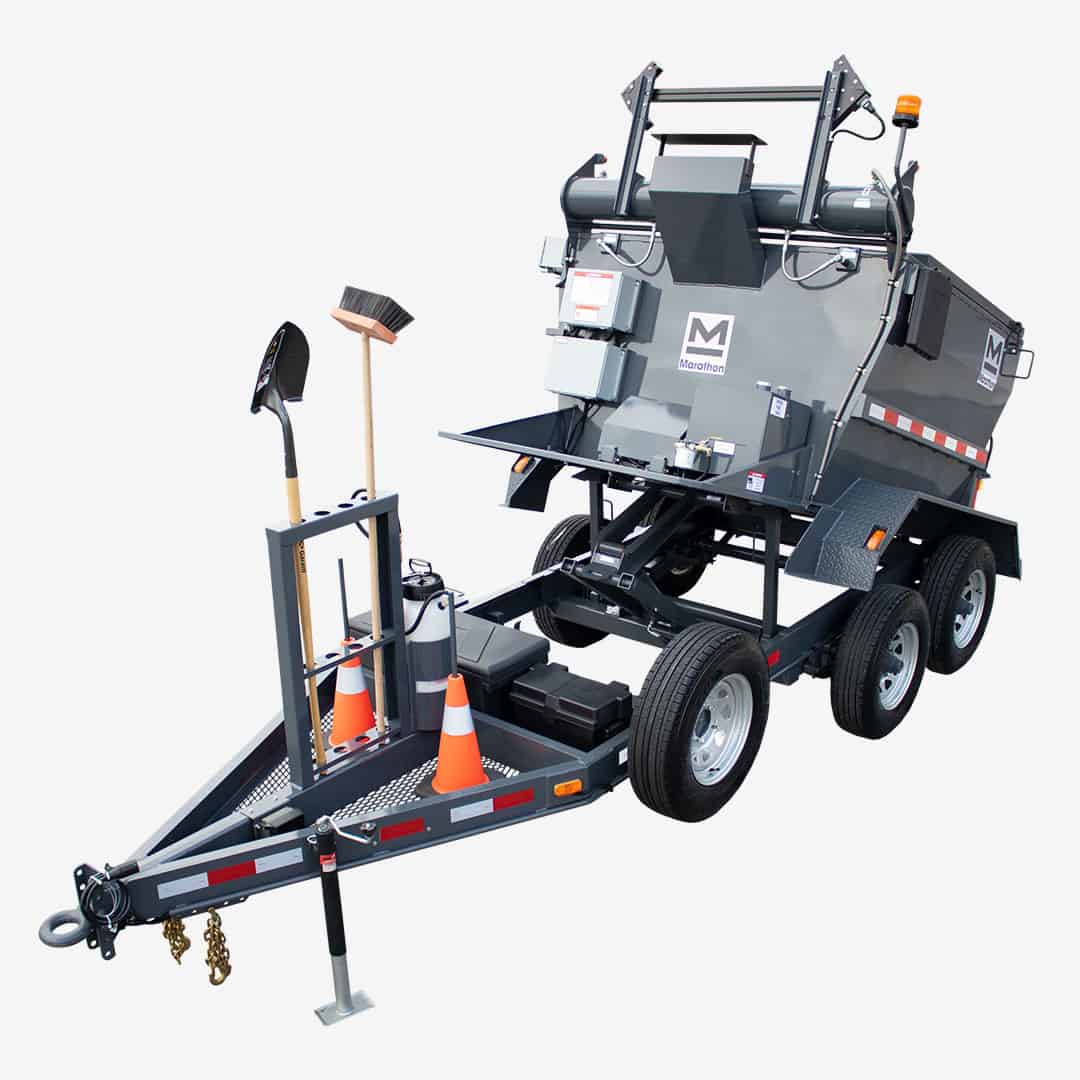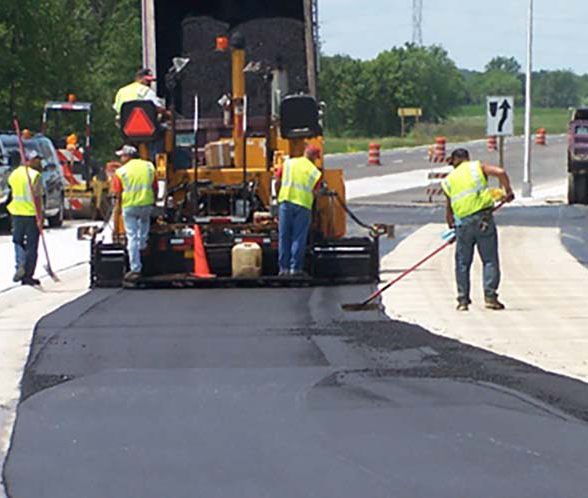Experience the Distinction: Hot Mix Asphalt Paving for Regrading Projects
Experience the Distinction: Hot Mix Asphalt Paving for Regrading Projects
Blog Article
Opening the Secrets of Warm Mix Asphalt Innovation
Discovering the depths of warm mix asphalt innovation discovers a world where accurate formulas and meticulous procedures merge to form our roadways and facilities. The blend of aggregates, fillers, and binders isn't just a building task yet a tactical orchestration of resilience and efficiency. As we peer right into the elaborate dancing of components, a tapestry of resilience and sustainability unravels. Yet what exists under this surface area of asphaltic proficiency, and what keys wait to be unveiled in the realm of paving developments?
Value of Warm Mix Asphalt
Warm Mix Asphalt plays a crucial function in modern infrastructure growth due to its toughness and cost-effectiveness. As the most generally utilized paving product for roads, highways, and parking great deals, Warm Mix Asphalt provides a variety of advantages that contribute to its importance in building and construction projects.
The resilience of Warm Mix Asphalt stems from its make-up, which includes aggregates, binder, and filler materials that are meticulously selected and mixed to satisfy specific performance requirements. On the whole, the importance of Hot Mix Asphalt in framework advancement can not be downplayed, as it proceeds to be a foundation of modern-day building techniques.
Parts of Asphalt Mixes
The structure of asphalt blends is composed of meticulously chosen aggregates, binder, and filler materials that are vital for attaining particular efficiency requirements. Aggregates are the main component of asphalt mixes, offering stamina and security. The binder, commonly bitumen or asphalt cement, holds the accumulations with each other and offers flexibility and resilience to the mix.
The combination and proportion of these parts play a substantial role in determining the quality and performance of the asphalt mix. Designers thoroughly make the mix to fulfill specific requirements, taking into consideration elements like web traffic volume, environment problems, and pavement life-span. Proper selection and balancing of aggregates, binder, and fillers are crucial for developing long lasting, lasting asphalt sidewalks.
Mixing and Production Strategies

When the accumulations are chosen, the binder, often asphalt concrete, is contributed to bind the materials together. The binder's high quality and amount dramatically impact the mix's versatility, stamina, and resistance to ecological factors. In addition, fillers like moisturized lime or Rose city concrete might be integrated to enhance certain features of the asphalt mix, such as its workability or moisture resistance.
During manufacturing, the aggregates and binder are heated, commonly between 250-325 ° F(121-163 ° C ), to promote blending and ensure correct finishing of the aggregates. The blending process needs to be thorough to achieve a homogeneous combination that advertises the wanted efficiency features of the asphalt. Numerous methods, such as batch blending or drum blending, are utilized to accomplish consistent and premium asphalt mixes for building tasks.
Variables Impacting Asphalt Performance
Factors affecting asphalt performance incorporate a variety of variables that affect the longevity, long life, and general top quality of asphalt sidewalks. One her comment is here essential variable is the high quality of materials made use of in the asphalt mix.

Environmental problems likewise affect asphalt performance. Temperature level variations, dampness infiltration, and web traffic lots can all impact the structural honesty of the pavement. Layout considerations, such as sidewalk density and drainage, are crucial in guaranteeing the lasting performance of the asphalt pavement. By very carefully considering these designers, specialists and aspects click here to read can enhance asphalt performance and boost the solution life of pavements.
Sustainable Practices in Asphalt Modern Technology

Furthermore, the development of warm-mix asphalt (WMA) technologies has obtained grip in recent times. WMA permits the manufacturing and positioning of asphalt mixes at reduced temperature levels compared to traditional hot-mix asphalt, causing minimized energy intake and greenhouse gas emissions. Furthermore, making use of porous asphalt mixes can aid reduce stormwater runoff concerns by enabling water to penetrate with the pavement and right into the his comment is here ground, promoting all-natural water filtering and charge processes. By implementing these lasting practices, the asphalt market can add to constructing a more eco friendly and durable infrastructure network.
Conclusion
In conclusion, hot mix asphalt technology plays an important duty in modern-day framework growth as a result of its resilience and cost-effectiveness. By thoroughly balancing elements, utilizing appropriate mixing methods, and thinking about different aspects, designers can produce premium asphalt mixes that stand up to rush hour loads and harsh weather. Welcoming lasting methods, such as utilizing recycled materials and warm-mix technologies, better improves the environmental friendliness of asphalt modern technology.
Blending and production techniques in warm mix asphalt innovation involve the precise mix and processing of aggregates, binder, and fillers to develop a high-performance and resilient asphalt mix.Factors affecting asphalt performance encompass an array of variables that affect the resilience, long life, and general quality of asphalt sidewalks. Sustainable techniques in asphalt innovation encompass various campaigns aimed at reducing the ecological impact of asphalt manufacturing and paving processes. By including reclaimed asphalt sidewalk (RAP) and recycled asphalt shingles (RAS) right into new asphalt blends, the industry can substantially minimize the consumption of raw products and power, while likewise lowering landfill waste.
WMA permits for the production and positioning of asphalt blends at lower temperature levels compared to standard hot-mix asphalt, resulting in reduced energy intake and greenhouse gas emissions.
Report this page